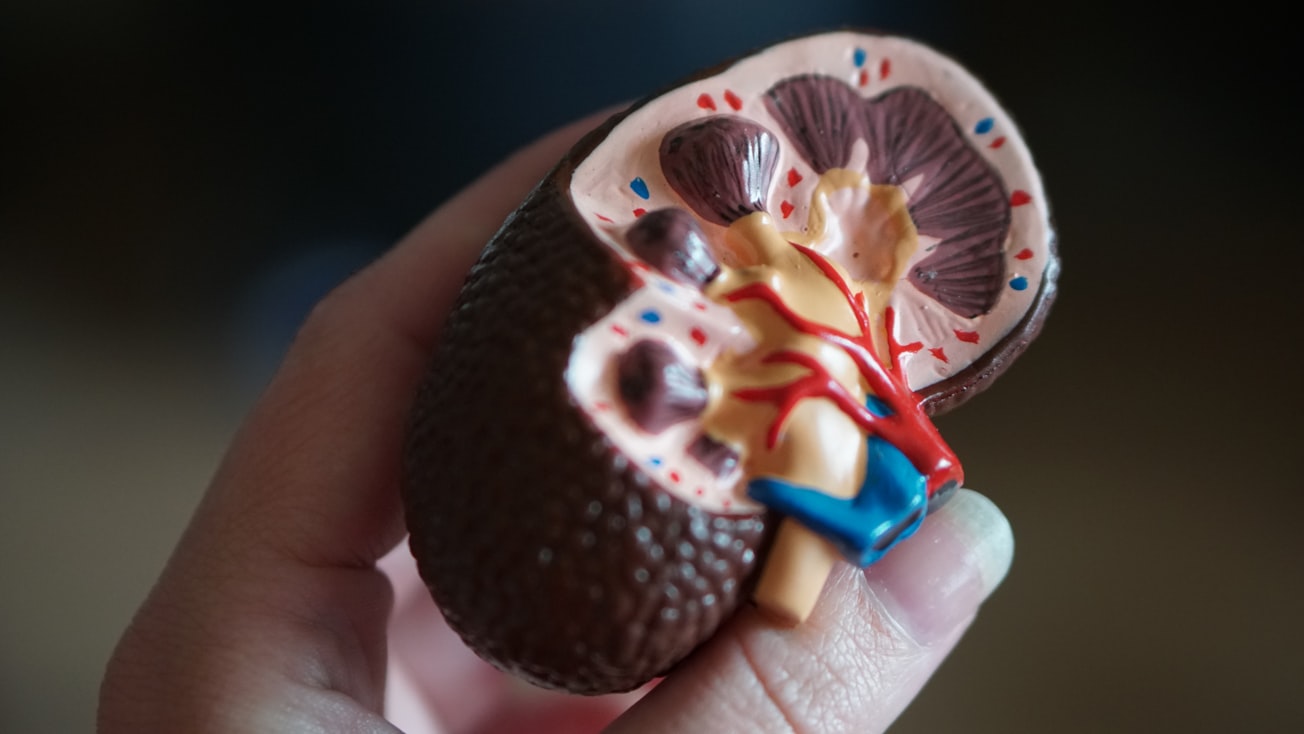What is it about?
We carried out Rietveld refinement for 46 kidney stones to determine the relative quantities of the identified crystalline phase components. The weight ratios were used to categorize the stones as Oxalate, Phosphate, Uric Acid/Urate or Mixed. Our study identified a high frequency of high-risk crystalline compositions and a co-dominance of Oxalate and Phosphate categories. Crystal lattice parameters and crystallite sizes were also refined with the Rietveld method, allowing us to obtain a data distribution of the parameters for each crystalline phase component.
Featured Image

Photo by Robina Weermeijer on Unsplash
Why is it important?
Kidney stone analysis is important for clinical diagnosis of the underlying conditions related to stone formation. Characterizing the structure, microstructure and morphology of the crystalline phases in kidney stones may be useful for understanding stone formation mechanisms and finding crystallographic structural correlations with various pathophysiological conditions.
Read the Original
This page is a summary of: Quantitative phase analysis and microstructural characterization of urinary tract calculi with X-ray diffraction Rietveld analysis on a Caribbean island, Journal of Applied Crystallography, February 2022, International Union of Crystallography,
DOI: 10.1107/s1600576721011602.
You can read the full text:
Contributors
The following have contributed to this page








